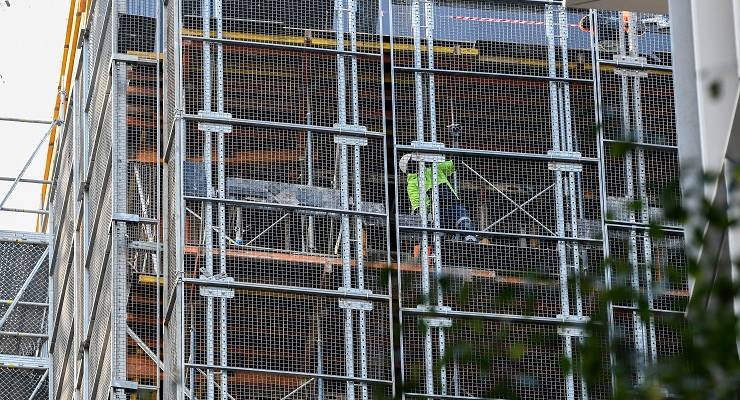
It’s an article of faith in the media, business and within the Coalition that Australia’s industrial relations system is too inflexible.
That’s despite a lack of any evidence to that effect. After a major inquiry, the Productivity Commission reported in 2015 that “contrary to perceptions, Australia’s labour market performance and flexibility is relatively good by global standards”.
Industrial disputation, already at an equal-all-time-record low of just 1.1 days lost per thousand employees, fell to just 0.3 in the March quarter this year. A decade ago it was 10 times that; 20 years ago it was 64 times that. Workers don’t strike any more. In many sectors, they can’t strike any more even if they wanted to.
Of course, what employers really mean when they complain about the lack of “flexibility” is the lack of ability to cut wages and reduce conditions.
In recent years, however, it’s become clear that even that isn’t true. Employers have been able to hold wages growth down to barely above inflation, and in some cases, below it, amounting to real wage cuts. Wages growth was already falling — despite the government’s endless promises of healthy growth — before the pandemic arrived. And in the June quarter, employers cut wages.
The Australian Bureau of Statistics (ABS) reported that the seasonally adjusted wage price index (WPI) rose by just 0.2% in the quarter to be up 1.8% in the financial year to June 30. Both readings were the worst ever for the index, which the bureau started publishing in 1997.
Public sector wages were up by 0.6% (2.1% higher, over the year), but private sector wages only rose 0.1% (1.7% over the year). And in original (not seasonally adjusted) terms, private sector wages fell 0.1% — for the first time on record.
The fall is understandable — there was a pandemic, and hundreds of thousands of people lost their jobs, and hundreds thousands more took pay cuts. WPI doesn’t necessarily capture all that. As the ABS points out, “the WPI measures the change in hourly rates of pay but will not show the full effect of the labour market changes that have occurred since the COVID-19 pandemic disruption”.
Even so, the number of jobs seeing pay cuts more than doubled on June 2019, and the average reduction was more than 13%. Industries that saw private sector wage falls were construction — home of the militant, rogue CFMEU that forces construction costs up, apparently — where wages fell 0.5%; accommodation and food services (-0.1%), wholesale trade (-0.1%), transport and logistics, professional services (-0.5%), rental, hiring and real estate (-0.1%) and arts and recreation (-0.1%).
Who says Australian workers, when faced with terrible news about health and their jobs, haven’t displayed flexibility and accommodated employers where they could? Yet business, many in the government, and the editors of the Financial Review insist it’s the lack of flexibility that is holding back business investment.
With state and federal governments imposing wage freezes on public sector workers, or small rises of 1% or less, the scene is set for more downward pressure on the WPI in coming months. And that will, in turn, feed into lower household demand, lower jobs growth — and lower investment.
Times are tough enough. Adding irrational ideology to the mix will only worsen things.









… We’ve still got blood.
A great point Klewso, and very eloquently put.
So many relentless leeches that will not give while the LNP is in power.
So many foolish voters that dont know a leech when they see one.
What business and the wealthy are really saying is that, not only do they want a bigger slice of the pie, they want the whole pie. Just for themselves.
And their demands won’t stop until they have it.
Reminds me of the farmer complaining that his horse had dropped down dead, just as it had got used to not eating.
‘flexibility’ – At school I was taught that this word means to move, to accommodate, to bend. After 50 years in the workforce I now see its real meaning – to bend over!
Backwards!
Businesses have been waging a centuries long war against the measly concessions workers got at the height of the Industrial Revolution and related reforms. They will not be happy until those conditions are gone and we return to their old school system.
As an aside, I will never understand the journos who report this in the Fin and other papers without scrutiny. Do they not understand that they are the same workers who will get smashed by these ‘reforms’?